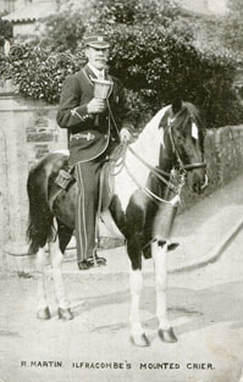
This is a story about a postcard of Robert Lang Martin who was described as the only mounted Town Crier in the country. Not only was he based in Ilfracombe, where my relative died in the 1887 Monarch boating disaster, but I thought it would be interesting to discover the role of such a person before mobile phones, the internet and, of course, facebook were ever heard of. However, I was surprised to find there was already quite a lot of information on the web about him including :
- He was born in Crediton in 1871 and worked on a farm outside Ilfracombe (Pludd Farm 1881 census) before joining the 17th Lancers.
- Each evening he would ride through the town ringing his bell and shouting out the news of the day and telling of the various attractions visitors could enjoy in the area.
- He blotted his copy book slightly in 1913 when a policeman spotted him "swaying in the saddle" and he was charged with being "drunk in charge of a horse on the highway". In court the policeman said "..... his head gradually fell forward on to the horse's mane, and he murmured something nobody could understand". Robert Martin tried to convince the Court he was trying to read something on a notice which was faintly written in pencil, but he was nevertheless found guilty and fined £1.
- In August 1914, Robert rode his horse through the town in front of a large marching contingent of volunteers who were off to serve King and Country in what would become the First World War. The rest of the population of the town crowded the streets cheering them on. At least 160 of the volunteers died during the course of the War.
What caught my eye, however, was the fact that on the 1901 census Robert's wife, Amelia Martin, was incarcerated in the Devon County Lunatic Asylum in Exminster. Why ? I felt she deserved some research.
Amelia Vound was born in Ilfracombe in about 1870. She married Robert Martin in 1888 (aged just 18) and their first child, a son, was born in 1893. Robert probably served with the 17th Lancers in South Africa during the Second Boer War (1900 - 1902) and it was during this time that Amelia appears on the census in the Lunatic Asylum. Having presumably returned from the War, Robert and Amelia have a daughter in 1904. Amelia eventually died aged 83 in 1954.
The 1911 census has Amelia at home living with her husband and two children in High Street, Ilfracombe with occupation "Wife Home Duties". There is nothing in the final column of the census where "lunatic" would go if appropriate.
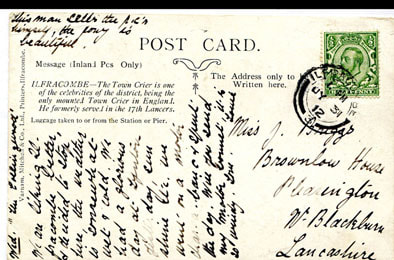
In August 1903 (roughly 8 and a half months before the birth of Robert Martin's daughter, Ethel) Mrs Annie Austin was summoned for assaulting Robert Martin. Robert claimed that Annie, who was his sister-in-law, used language which was "very disgusting" and she had "abused him very violently". He also said she had "struck him on the left cheek" and that "this had been going on for years". However, her defence was that her brother-in-law had cruelly ill treated his wife and "she could not put up with it ...... He was a brute and it was through him that she was in the condition she was". Annie had been speaking to Robert about the ill treatment of his wife and he had struck her in the chest first before she slapped his face "in self defence". Robert said Annie had "tempted his wife with drink" and was why there was such unhappiness. However, he admitted "he kicked his wife because she spat in his face". A neighbour said she had seen Mrs Martin "much bruised". Surprisingly from what was in the newspaper articles, Annie was bound over to keep the peace for six months in £5.
In 1906 Robert Martin was charged with "driving a horse and cart without a light attached". His defence was that he had lost his lamp on the way home and there were no farm houses on the road where he could borrow one from. He was fined one shilling.
The following year, in 1907, he was charged with "furious riding" and pleaded guilty. He did however add that "the pace was quite 12 miles an hour, and that he was going faster than usual, but he was only cantering. He did not go at the pace of motor cars through the High Street". The policeman who gave evidence said he had cautioned Robert Martin the previous year and that several people had complained. Robert was fined five shillings.
Robert Martin's violent temper was again in the Courts in 1912 when, the charge of assault having been dropped because of a public apology, he was before the Magistrates charged with "obscene language" against Henry J. Ford of Ilfracombe. It seems he used "disgusting language" towards someone he had a financial quarrel with. He shouted, "as loud as when he town cried" to someone on a boat coming into the quay with the complainant on board that "he would give him 5 shillings to throw the (censored) over-board". On reaching the Quay, the "defendant seized him by the throat and used most disgusting language; he also threw the complainant to the ground ...... hurting his elbow so much he had to go to a doctor". After the altercation, Robert Martin had said sorry for assaulting him and that "it was owing to having a drop of drink. They then went and had a drink to put matters right". He admitted "having had a little drink on the day ..... He was neither drunk nor sober but mixed muddly". He denied using bad language but said the complainant had been "making statements about the town which were injurious to him". He was fined five shillings and costs with half the advocates fee. One month was allowed for payment.
In 1913 Robert Martin filed for bankruptcy. His assets were £13 and his liabilities £79. The cause he claimed was "losses on wood business, want of capital, loss of a horse in October 1912 and high street rent". The Court heard that he had been invalided out of the army in 1893 with a pension of 3 shillings and sixpence per week. He had since worked as a luggage porter and town crier at Ilfracombe. Also, most interestingly, for the past four years he had "sold picture postcards" and retailed firewood. As can be seen from the note at the top of this postcard, it was sold by him to the recipient. He had "kept no books of accounts, but his profits and earnings were estimated for the past twelve months at £70, exclusive of his pension". He said there were no profits at all from the wood retailing business and that "the sale of postcards had been his principal source of income". In the previous November his creditors had forced him to sell all his assets, except household furniture, and for this he received £21. The horse, in respect of which a loss of £20 appeared in the deficiency account, was killed by lightning".
The huge 800 bed Asylum opened in 1845 as being an institution for pauper lunatics with learning difficulties or other mental health issues and eventually closed its doors 140 years later after it had become Exminster Hospital. The land was sold for housing and it is now apartments and town houses in an area known as Devington Park.
TO DO : Go to the Devon Heritage Centre (just outside Exeter) to find admission records. Once the admission date is known, it is easy enough to find a patient in the admission registers, 3769A/H3, and papers, 3769A/H2, from Exminster Hospital, deposited at the Devon Record Office. The admission documents contain the patient’s number, which can help to find the patient in the Medical Case books, 3769A/H9. Using these hospital records, it is possible to discover information on a patient’s age, religion, address and next of kin and details of their illness, its supposed cause, duration and treatment.
Sources :
Devon Heritage www.devonheritage.org/Places/Ilfracombe/RobertMartin.htm
Visit Ilfracombe www.visitilfracombe.co.uk
Devon Family History Society www.devonfhs.org.uk/forewords/D069.pdf
Devon County Mental Hospital dcmh.exeter.ac.uk
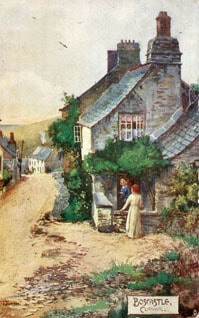
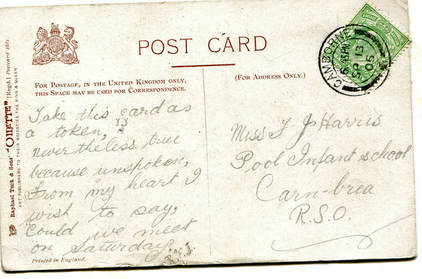
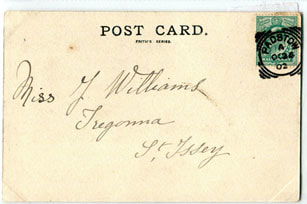
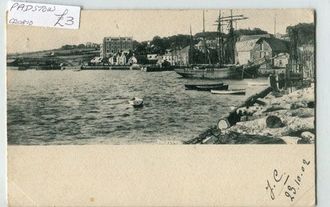



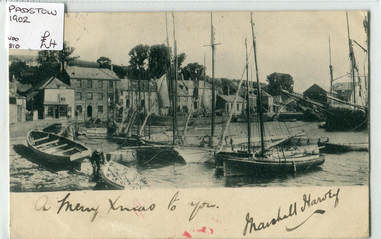
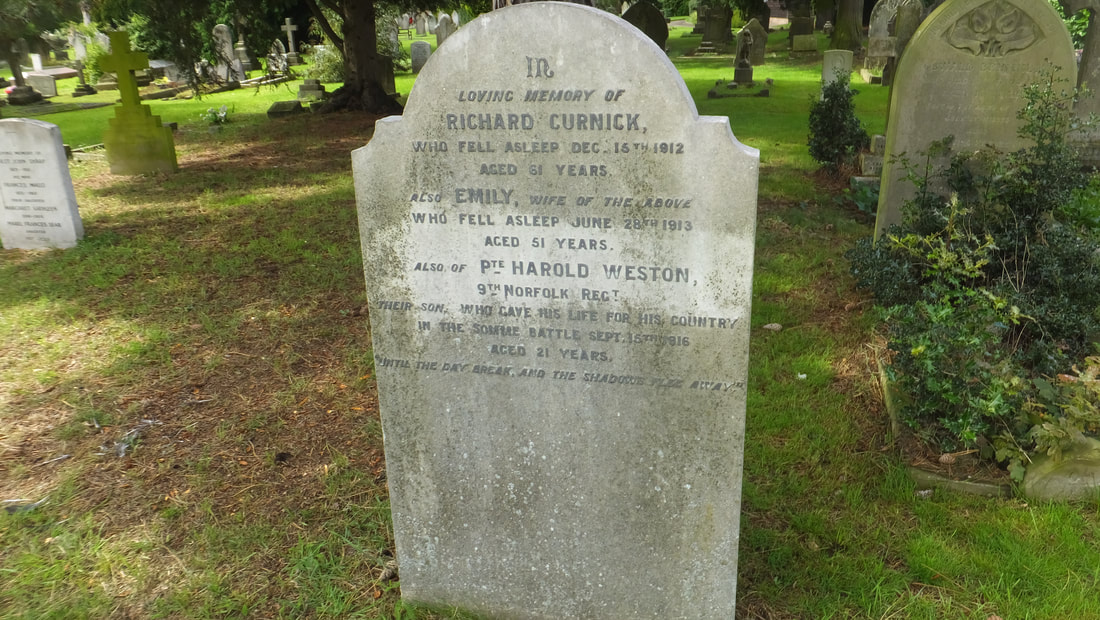

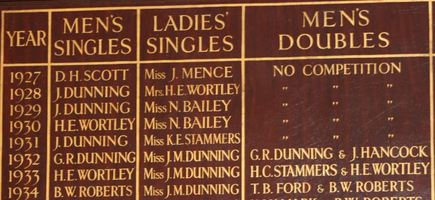
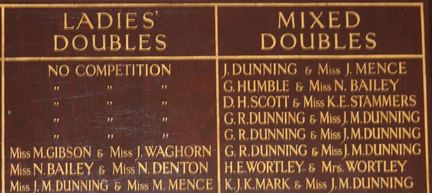
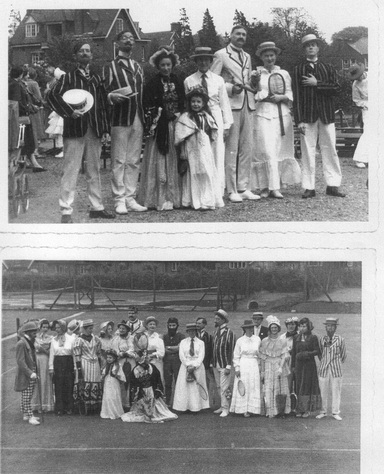
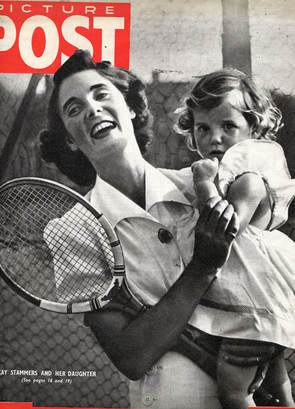
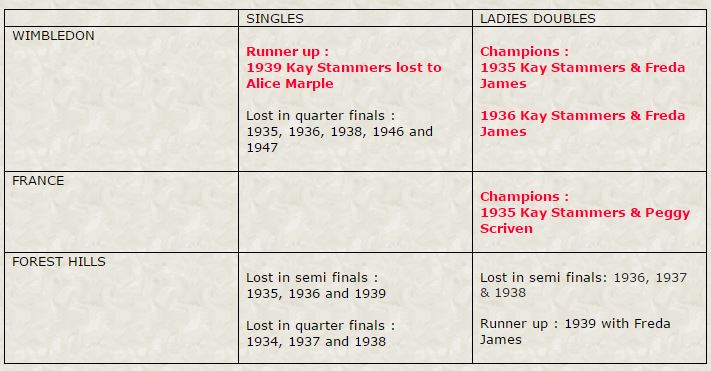

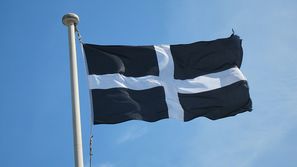
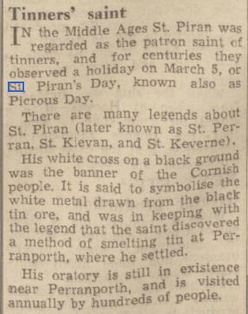
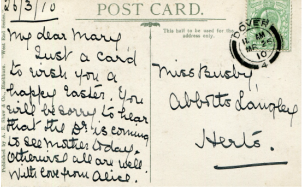
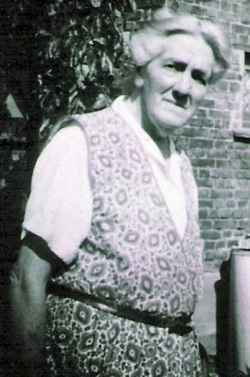
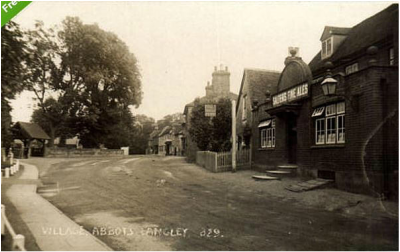
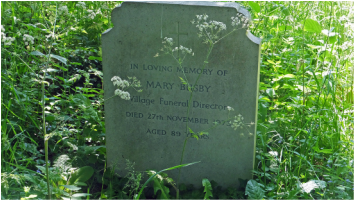


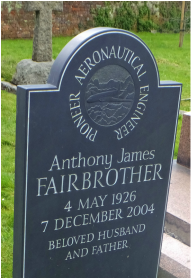

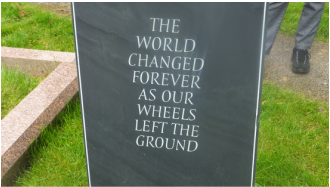


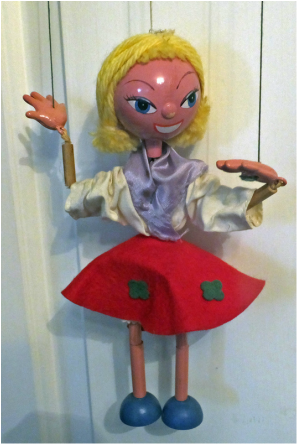

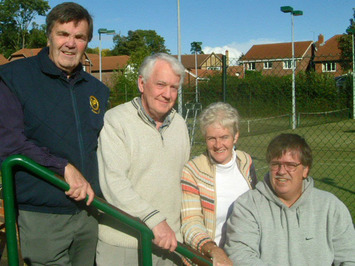
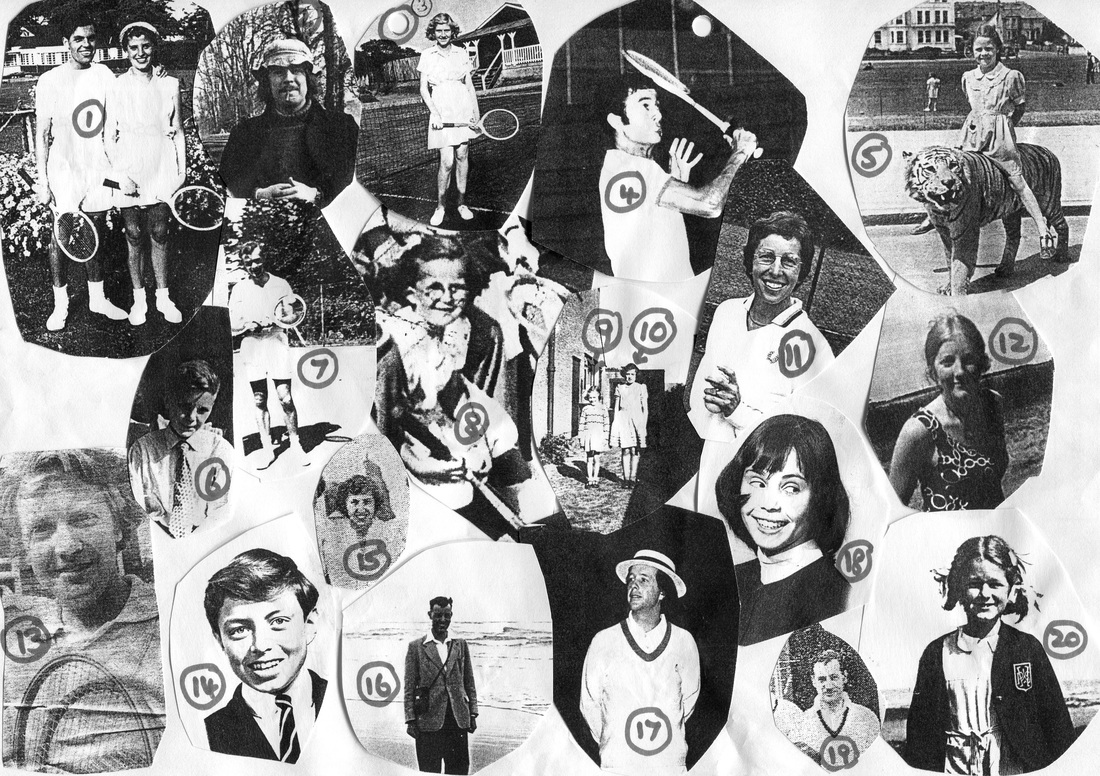
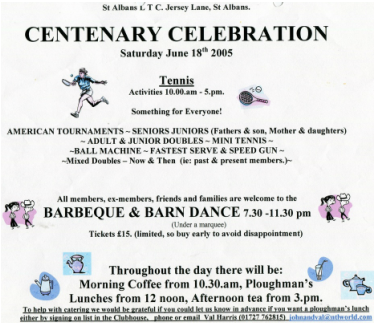
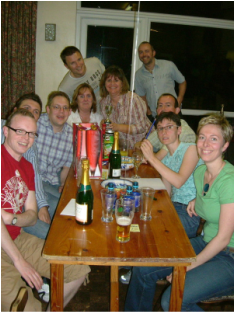


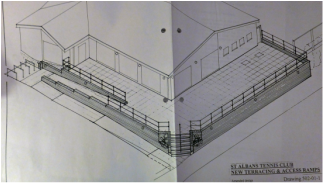

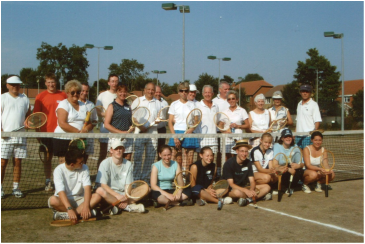
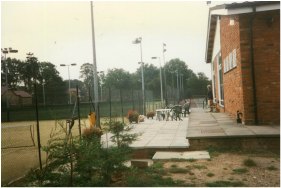
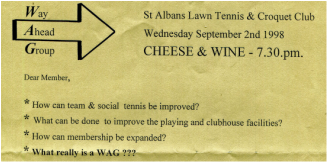





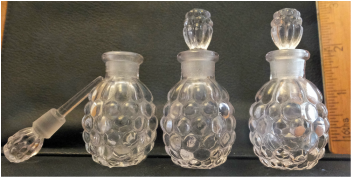
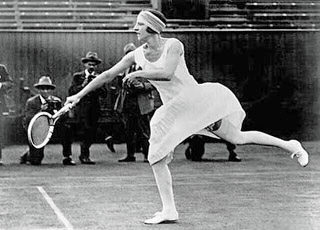
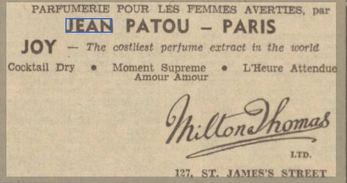

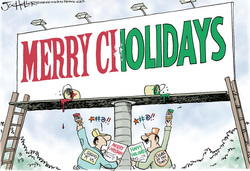


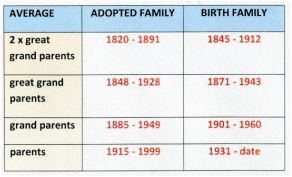
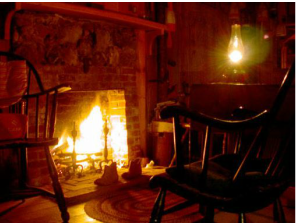

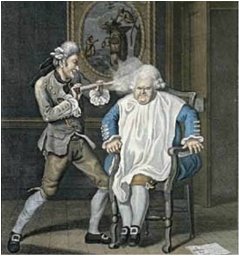
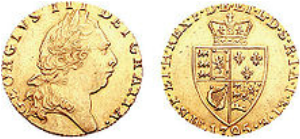

 RSS Feed
RSS Feed
